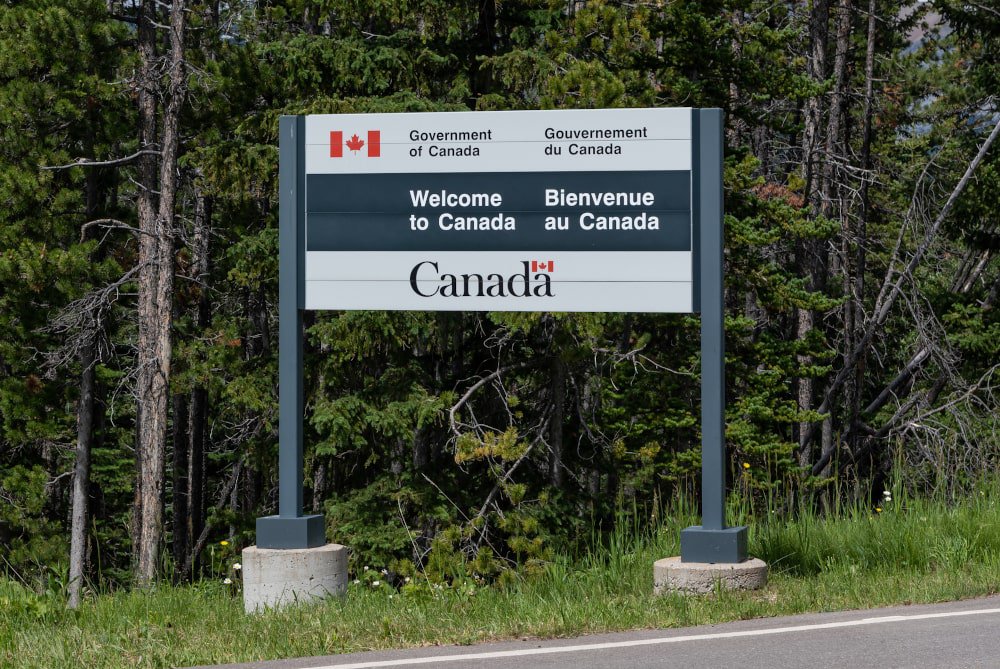How Immigration Spurs Home Prices in Canada

Canada has always been regarded as a multicultural mosaic of different people and customs. Known for its welcoming stance towards immigrants, Canada has continued to welcome a steady influx of newcomers over the years. This influx has not only shaped the country's cultural landscape, but has also significantly impacted the underlying housing market. As immigrants arrive in search of better opportunities and a higher quality of life, they bring with them a demand for housing, which in turn influences home prices across the nation. In this guide, we will explore the effects of immigration on house prices in Canada , and the resulting impacts.
The Immigration Effect: How Newcomers Impact Canada's Housing Market
Canada's immigration policy has long been geared towards attracting skilled workers, entrepreneurs, and investors who contribute to the country's economic growth. The steady stream of newcomers entering the country, not only fuels population growth, but also drives demand for various goods and services, including housing. As a result, immigration plays a crucial role in shaping the dynamics of the Canadian real estate market.
To illustrate, consider the influx of skilled workers into cities like Toronto and Vancouver, where job opportunities in technology, finance, and other industries are abundant. These newcomers often seek housing close to their workplaces, driving up prices in already tight real estate markets. In Toronto, for example, the average home price has consistently risen over the years, fuelled in part by immigration-driven demand.
Furthermore, immigration tends to concentrate in certain urban centres, leading to localized spikes in housing demand. This trend is particularly evident in major cities like Toronto, Vancouver, and Montreal, which attract large numbers of immigrants due to their diverse job markets, cultural amenities, and quality of life. As a result, these cities often experience more pronounced housing affordability challenges, with prices outpacing income growth and exacerbating housing inequality.
Policy responses to immigration-driven housing demand have varied across different levels of government. At the federal level, policymakers have implemented measures to support affordable housing initiatives and increase housing supply. For instance, the National Housing Strategy, launched in 2017, aims to reduce homelessness, improve housing affordability, and address the housing needs of vulnerable populations, including newcomers. In 2022, the Canadian federal government imposed a two-year ban preventing foreigners from purchasing Canadian properties. This ban did not extend to foreign citizens holding Canadian permanent residency, foreign workers, or international students.
Provincial and municipal governments have also taken steps to manage housing demand and mitigate affordability pressures. In British Columbia, the introduction of a foreign buyers' tax and a speculation tax aimed at non-resident property investors has helped to cool down the housing market in Vancouver and surrounding areas. Similarly, in Ontario, the introduction of a foreign buyers' tax and expanded rent control measures has sought to moderate price growth and improve rental affordability in the Greater Toronto Area.
However, while these policy interventions may address short-term affordability challenges, they also raise questions about the long-term implications for housing supply and market stability. Restrictions on foreign ownership and speculation can dampen investment activity and hinder the construction of new housing units, exacerbating supply shortages in high-demand areas.
Exploring the Connection Between Immigration and Home Prices
The connection between immigration and home prices in Canada is multi-faceted. Firstly, the sheer increase in population due to immigration leads to greater demand for housing. With more people needing shelter, the demand for homes rises, putting upward pressure on prices, especially in areas with high immigration rates.
Additionally, immigrants often arrive with specific housing preferences. Many prefer to settle in urban centres where job opportunities are abundant and communities are diverse. This concentration of immigrants in certain regions further intensifies housing demand in those areas, causing prices to escalate.
Furthermore, immigrants contribute to Canada's economy by starting businesses, creating jobs, and stimulating economic growth. As their economic prospects improve, immigrants may seek to invest in real estate, either as homeowners or property investors. This increased demand from immigrant investors can further drive up home prices, particularly in popular real estate markets.
However, it's essential to note that the impact of immigration on home prices can vary regionally. While major cities like Toronto, Vancouver, and Montreal often experience significant price appreciation due to immigration-driven demand, smaller cities and rural areas may not see the same level of influence.
How to Leverage Immigration Trends for Real Estate
While there is not much you can do to impact immigration trends as an individual, understanding and leveraging these trends can still offer valuable insights and opportunities. Here are some strategies to capitalize on the connection between immigration and home prices in Canada:
- Identify High-Immigration Areas: Research and identify regions with high immigration rates and projected population growth. Focus your real estate investments in these areas to capitalize on increasing demand for housing.
- Offer Diverse Housing Options : If you are a real estate agent or investor, it may be helpful to recognize the diverse preferences of immigrant communities and tailor your property offerings accordingly . Consider providing a range of housing options, including affordable condos, family homes, and multi-unit dwellings, to cater to different needs and budgets.
- Cater to Immigrant Investors: Position yourself as a knowledgeable resource for immigrant investors looking to enter the Canadian real estate market. Provide guidance on investment opportunities, market trends, and regulatory requirements to help them make informed decisions.
- Build Cultural Connections: Establishing relationships within immigrant communities can provide valuable networking opportunities and referrals. Attend cultural events, sponsor community initiatives, and engage with local immigrant organizations to build trust and credibility as a real estate professional.
- Stay Informed on Policy Changes: Keep abreast of changes to immigration policies and regulations that may impact housing demand and market dynamics. Adapting your strategies in response to evolving immigration trends can help you stay ahead in the competitive real estate market.
Regardless of how the Canadian real estate market shifts in the near future, it is clear that immigration continues to exert a significant influence on home prices in Canada, shaping demand patterns and market dynamics across the country. By understanding the connection between immigration and real estate, buyers, sellers, industry professionals, and investors alike can leverage these trends to identify opportunities, drive growth, and navigate the ever-changing landscape of the Canadian housing market.
For more information, you may want to work with our team of professional Clover Mortgage brokers. By analyzing your financial profile, we can provide a more detailed breakdown of when and where you might be able to qualify for the largest mortgage, to help get ahead of the trends and secure your dream home. Contact us to schedule your free consultation today!





